One Day in Granada, Spain: Exploring the Jewel of Andalusia
In the region of Andalusia, Spain, you’ll find Granada offers an excellent opportunity for a day trip or a longer stay to fully immerse yourself in the Moorish influence and historical sites around the city. You can easily make the journey from Malaga to Granada (or other Andalusian cities in under two hours, whether you choose to take the train or drive by car. Additionally, there’s a bus option, which typically takes around two hours to reach Granada. Granada stands out as one of the most exquisitely preserved cities, deeply influenced by Moorish culture. It boasts palaces, stunning architecture, historic neighborhoods, a magnificent cathedral, and a plethora of other significant landmarks and attractions waiting to be explored.
For those who prefer flexibility and wish to explore the places along the route at their own pace, renting a car is a convenient option. This way, you can tailor your itinerary to visit the sites that intrigue you the most. If you’re looking for a cost-effective choice, the bus route to Granada offers a budget-friendly solution, with more than 18 daily departures between the two cities.
Ultimately, the best travel method depends on your specific schedule and budget. If you have some flexibility in your plans, the train service provides a comfortable and enjoyable way to travel. However, if time is limited and you’re focused on a day trip or a brief overnight stay, considering a guided tour or opting for a do-it-yourself rental car adventure might be the most suitable choice.
With just one day visiting the city, you need to get an early start to start seeing the best sites and attractions around the city.
A little history about visiting Granada, Spain
Visiting Granada, Spain, means immersing yourself in a city steeped in rich history and cultural significance. Here’s a brief overview of the historical context that makes Granada a captivating destination:
Moorish Heritage: Granada’s history is closely tied to its Moorish heritage. The city was established by the Moors in the 8th century and became the last stronghold of Islamic rule in the Iberian Peninsula. It thrived as the capital of the Nasrid Dynasty’s Emirate of Granada.
Alhambra Palace: The most iconic symbol of Granada’s Moorish history is the Alhambra Palace. This UNESCO World Heritage site is a masterpiece of Islamic architecture and design. Built in the 13th century, it features intricate stucco work, beautiful gardens, and breathtaking views.
Reconquista: In 1492, after centuries of Moorish rule, Granada was conquered by the Catholic Monarchs, Ferdinand and Isabella, marking the end of the Reconquista—the Christian reconquest of Spain. The Alhambra was preserved, and the city’s transformation under Christian rule began.
Christian Influence: Granada saw the construction of significant Christian structures, including the Royal Chapel of Granada, the Cathedral of Santa Maria de la Encarnación, and the Monastery of Saint Jerome.
Historic Neighborhoods: The Albaicín, a historic Moorish neighborhood, and the Realejo, the old Jewish quarter, offer glimpses into the city’s multicultural past. Narrow winding streets, whitewashed houses, and quaint squares create a charming atmosphere.
Spanish Inquisition: Granada was a center of the Spanish Inquisition during the 16th century. The Alhambra was used as the headquarters of the Inquisition.
Cultural Fusion: Granada’s history is a testament to the coexistence of Muslim, Jewish, and Christian communities, resulting in a unique blend of cultures, art, and architecture that is still evident in the city today.
Flamenco Culture: Granada is also known as a cradle of flamenco music and dance, with its own distinct style known as “zambra.” Visitors can enjoy authentic flamenco performances in traditional cave venues.
Literary Legacy: The city has been a source of inspiration for numerous writers and poets, including Washington Irving, who penned “Tales of the Alhambra” during his stay in the 19th century.
Modern Granada: Today, Granada is a vibrant city that seamlessly blends its historical past with a modern, youthful atmosphere. It’s home to a thriving student population, adding to its dynamic cultural scene.
Visiting Granada offers a unique opportunity to step back in time and witness the layers of history that have shaped this enchanting Spanish city. Whether exploring the Alhambra, wandering through historic neighborhoods, or savoring the flavors of Andalusian cuisine, Granada’s historical tapestry is sure to leave a lasting impression.
How to Get Around Granada
Getting around Granada is relatively straightforward, and the city offers a range of transportation options to suit your preferences. Here’s a guide on how to get around Granada:
Walking: Granada’s city center is compact and pedestrian-friendly. Many of the historic attractions, restaurants, and shops are within walking distance of each other. Walking is an excellent way to explore the charming streets of the Albaicín and the city center.
Public Bus: Granada has an extensive public bus network operated by the company “Transportes Rober.” You can purchase single tickets on board or use a reloadable transportation card for convenience. Buses are a cost-effective way to navigate the city, including reaching attractions like the Alhambra.
Tourist Train: The Granada City Train is a popular choice for tourists. It offers guided tours with commentary in various languages and covers key city attractions. It’s a convenient way to get an overview of the city’s highlights.
Taxi: Taxis are readily available in Granada and can be hailed on the street or found at designated taxi stands. They are a convenient option for reaching destinations quickly, especially if you’re traveling with luggage or in a group.
Just one day in Granada – here’s the guide of what to do and see.
First start at the Alhambra of Granada
The Alhambra is the best start to visiting this dynamic city and visiting the first thing in the morning is the best way to avoid big crowds throughout the day when you visiting this iconic attraction.
The most iconic symbol of Granada’s Moorish history is the Alhambra Palace. This UNESCO World Heritage site is a masterpiece of Islamic architecture and design. Built in the 13th century, it features intricate stucco work, beautiful gardens, and breathtaking views. You can take a self guided tour or a docent tour depending on your schedule, but give this place at least 2-4 hours depending on your interest and time.
Here are some of the highlights and must-see features of this iconic palace complex:
Also, check out the official site here and booking your tickets in advance so you can get an early start.
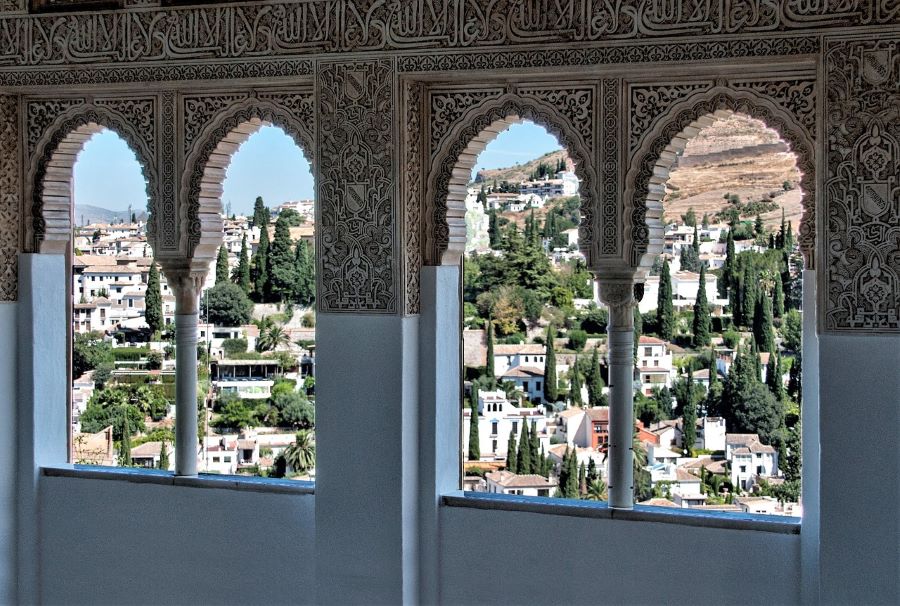
Nasrid Palaces: The Nasrid Palaces are the heart of the Alhambra and the most exquisite part of the complex. Highlights include the Court of the Myrtles, the Mexuar, the Comares Palace, and the stunning Court of the Lions with its famous fountain.
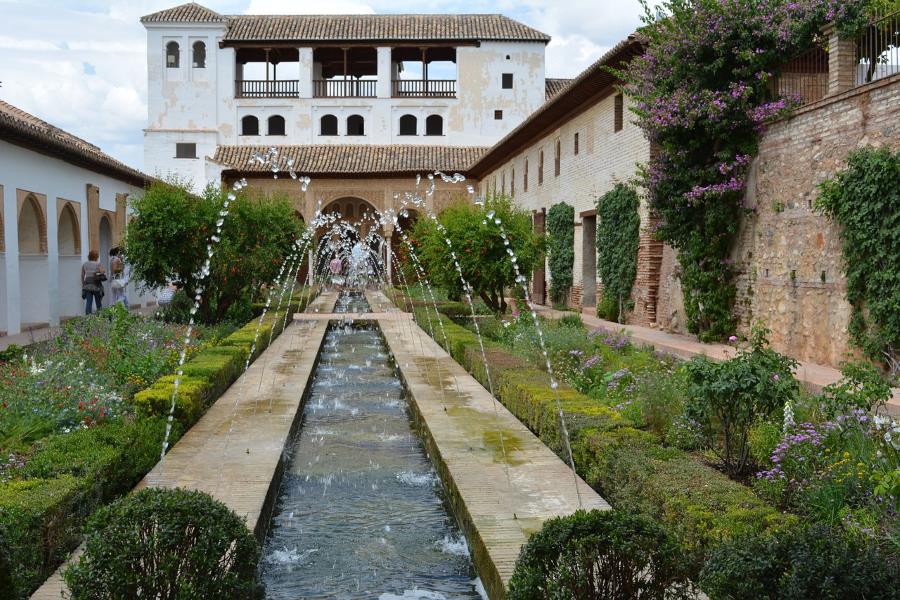
Generalife Gardens: The Generalife Gardens are a serene oasis with lush greenery, fountains, and intricate Islamic architecture. The Water Staircase, the Patio de la Acequia, and the Sultana’s Cypress Tree are among the notable features.
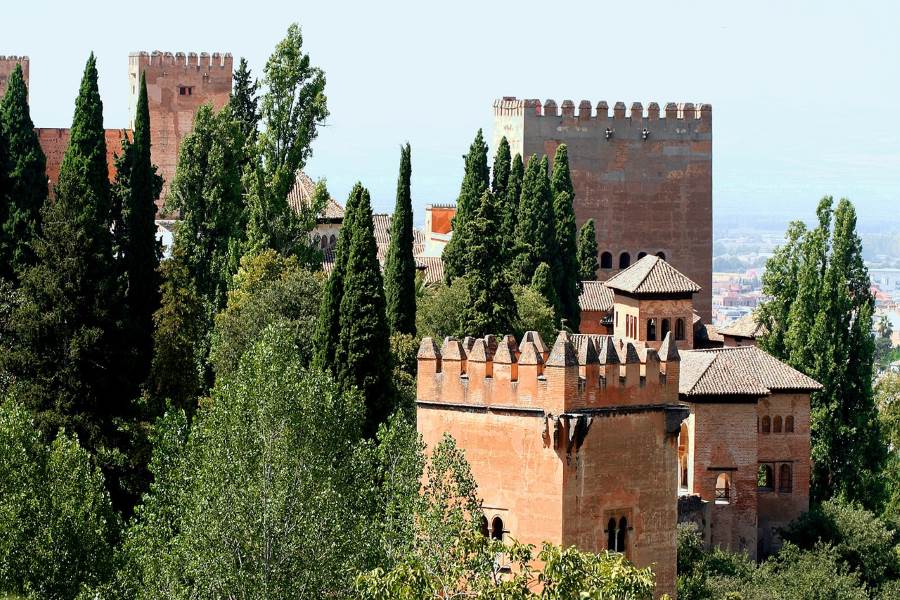
Alcazaba Fortress: Explore the Alcazaba, the oldest part of the Alhambra, which served as a military fortress. Climb the watchtowers for panoramic views of Granada and the surrounding countryside.
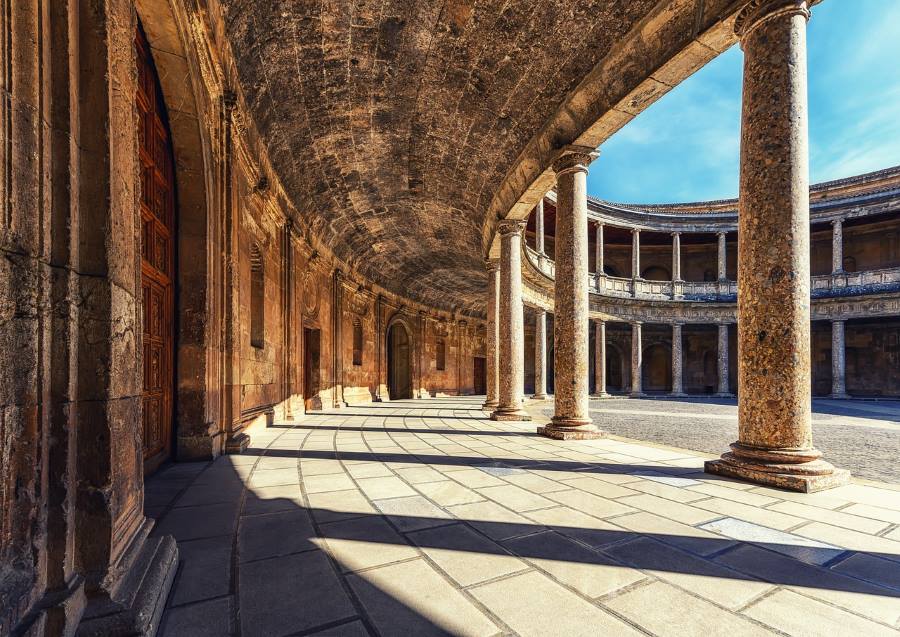
Palace of Charles V: This Renaissance palace, located within the Alhambra, offers a stark contrast to the Moorish architecture. Inside, you’ll find the Fine Arts Museum, which houses a collection of Spanish Renaissance and Mannerist paintings.
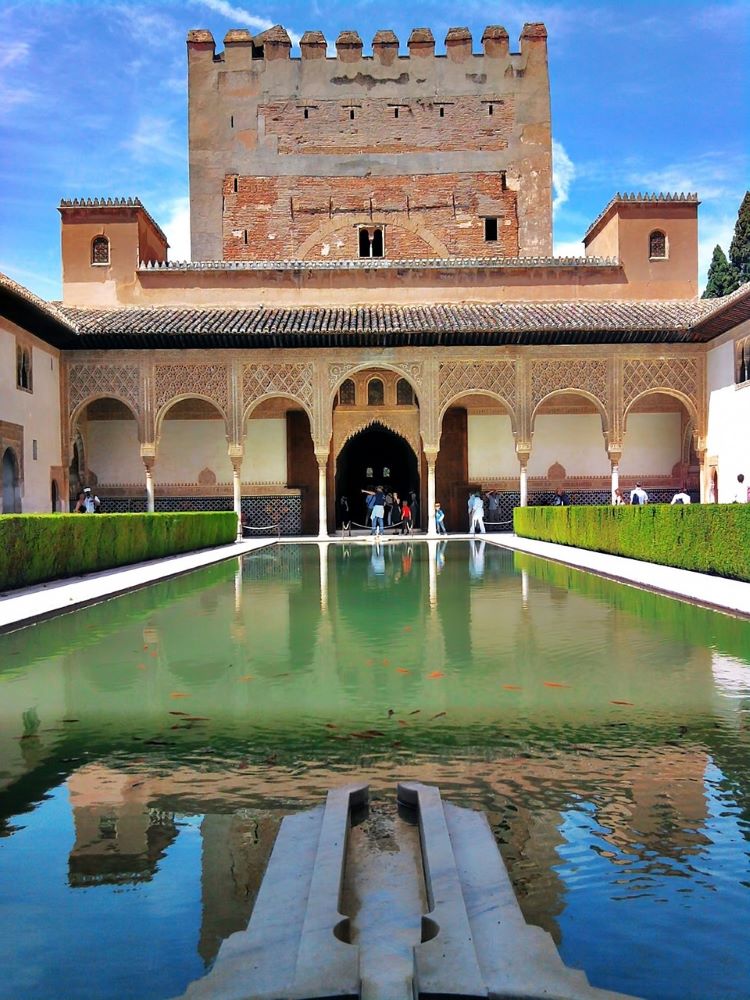
Court of the Myrtles: This rectangular courtyard with a reflecting pool is a tranquil and picturesque spot within the Nasrid Palaces. It’s a prime example of Moorish architectural and design excellence.
Hall of the Ambassadors: The Hall of the Ambassadors is a grand chamber adorned with intricate stucco work and a dazzling wooden ceiling. It was the throne room of the Nasrid rulers and is known for its impressive dome.
Hall of the Abencerrajes: This hall features a stunning domed ceiling with a central star-shaped opening. Legend has it that the Abencerrajes knights were executed here, and the stains on the fountain tiles are said to be their bloodstains.
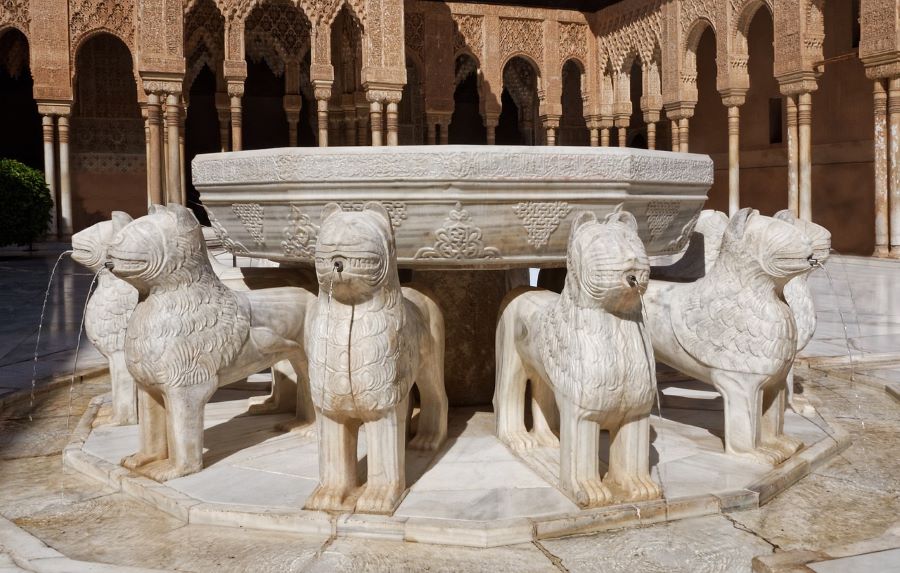
Palace of the Lions: The Court of the Lions is a masterpiece of Islamic architecture and design. The central courtyard is surrounded by a gallery of delicate columns, each with unique designs. The iconic Lion Fountain is the centerpiece.
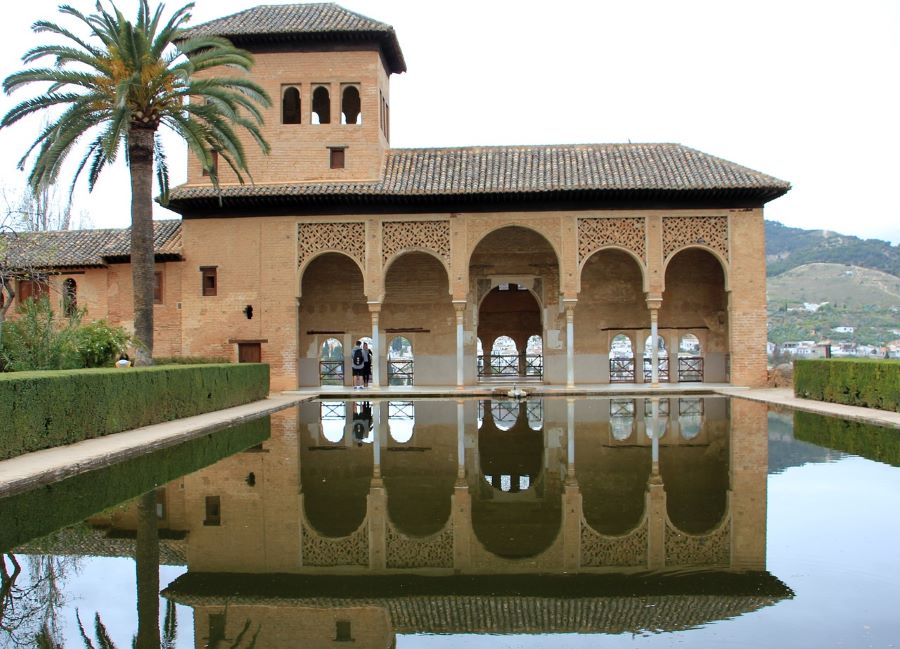
Partal Gardens: The Partal Gardens offer breathtaking views of the Alhambra’s towers and the surrounding landscape. The pond, framed by palm trees and cypress trees, creates a serene atmosphere.
Puerta de la Justicia: The Puerta de la Justicia, or Gate of Justice, is the main entrance to the Alhambra. Its massive horseshoe arch is an impressive sight and marks the boundary between the secular and religious areas.
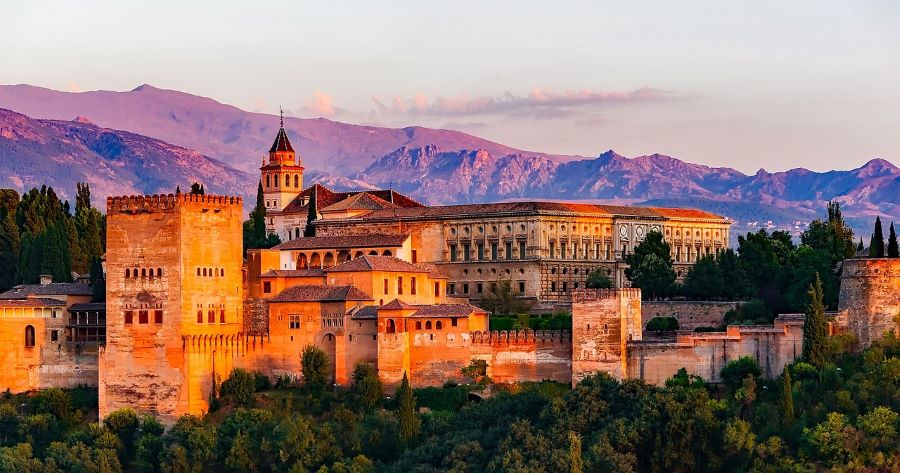
Towers: Explore the various towers within the complex, including the Tower of Comares and the Tower of the Ladies. These towers provide unique vantage points and showcase the architectural diversity of the Alhambra.
Next visit the Albacin of Granada
This historic Moorish quarter called the Albacin is adjacent to the Alhambra and offers narrow winding streets, white-washed buildings, and stunning viewpoints that provide panoramic views of the Alhambra and the city of Granada. You can wander around the many narrow streets of the historic quarter and easily get lost, but that is part of the fun of exploring this area.
Here are some of the general attractions and points of interest around the Albaicín to explore in the neighborhood:
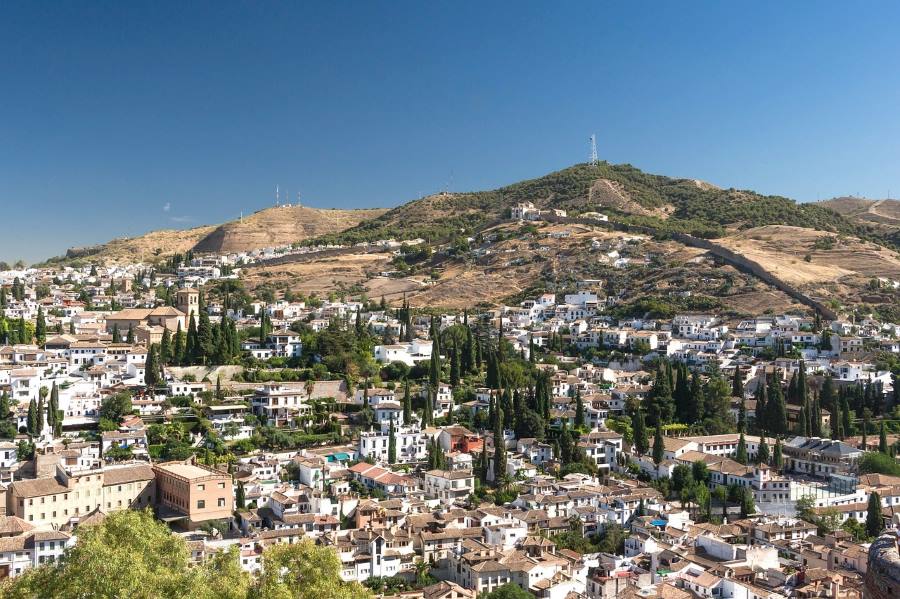
Mirador de San Nicolás: This famous viewpoint offers one of the most breathtaking views of the Alhambra, framed by the Sierra Nevada mountains. It’s a popular spot for visitors and photographers, especially during sunset.
Carrera del Darro: This picturesque riverside street along the Darro River is lined with historic buildings, cobblestone streets, and quaint cafes. It’s a lovely place for a leisurely stroll.
Plaza Larga: This bustling square is at the heart of the Albaicín and hosts a vibrant outdoor market every Saturday. It’s a great place to soak in the local atmosphere and perhaps enjoy a meal at one of the surrounding restaurants.
Iglesia de San Nicolás: This church is known for its beautiful Mudéjar-style architecture and its bell tower, which you can climb for another stunning view of the Alhambra.
Carmen de la Victoria: This historic Carmen (traditional house with a garden) offers another peaceful garden setting with panoramic views of the Alhambra. It’s a tranquil escape from the city’s hustle and bustle.
Placeta de Carvajales: This small square is surrounded by traditional Andalusian houses and is a quiet spot to relax and enjoy the ambiance of the Albaicín.
Palacio de los Olvidados: This museum offers insight into the history of Granada through its collection of Nasrid artifacts, including clothing, pottery, and instruments.
Banuelo (Arab Baths): These well-preserved Arab baths date back to the 11th century and provide a glimpse into the daily life of Granada during the Nasrid period.
Casa de Zafra: This Nasrid-style house serves as a small museum that offers a glimpse into the architecture and lifestyle of the Moors in Granada.
Placeta de San Miguel Bajo: This cozy square is surrounded by restaurants and cafes, making it a pleasant place to enjoy a meal or a drink while taking in the neighborhood’s atmosphere.
Dar al-Horra Palace: This historic palace was once the residence of the mother of Boabdil, the last Nasrid king of Granada. It features beautiful gardens and architectural elements.
El Bañuelo Tea House: Located in a historic building, this tea house offers a relaxing environment where you can enjoy traditional Moorish tea and pastries.
Enjoy lunch and exploring Plaza Nueva
This bustling square is the gateway to the Alhambra and offers a variety of cafes, restaurants, and shops. It’s a great place to relax and people-watch and find a great lunch spot.
Surrounded by a variety of dining options, ranging from traditional Spanish tapas bars to modern and international cuisine. Here are some unique places to eat around Plaza Nueva:
Los Diamantes: Known for its seafood tapas, Los Diamantes is a local favorite. You can enjoy fresh seafood dishes like fried fish and seafood skewers. The atmosphere is lively and casual.
Bodegas Castañeda: This historic tavern has been serving customers for over a century. It’s a fantastic place to try traditional Andalusian tapas along with a wide selection of wines.
La Fontana: A charming Italian restaurant, La Fontana offers a change of pace from Spanish cuisine. It’s known for its excellent pasta dishes and wood-fired pizzas.
Restaurante Sevilla: This restaurant specializes in Andalusian cuisine, offering a range of traditional dishes in a cozy, rustic setting. Try the local specialties like salmorejo and rabo de toro (oxtail stew).
Café Lisboa: If you’re in the mood for Portuguese flavors, Café Lisboa is a great choice. It serves authentic Portuguese cuisine, including bacalhau (codfish) dishes and pastéis de nata (custard tarts).
Casa de Vinos: This charming wine bar is an excellent spot for wine enthusiasts. They offer a wide selection of Spanish wines and a variety of tapas to complement your wine tasting experience.
Restaurante Arrayanes: Located in a historic building, this restaurant offers a mix of Spanish and Moroccan cuisine. The Moorish-inspired decor and the flavorful tagines are highlights here.
Bar Kiki: A classic tapas bar, Bar Kiki is known for its generous portions and a wide range of tapas choices. The atmosphere is lively, and it’s a great place to mingle with locals.
Bodega La Mancha: This family-run restaurant is famous for its traditional Spanish dishes and its extensive wine list. Don’t miss the Spanish omelet, paella, or the grilled meats.
Restaurante Antigua Bodega Castañeda: Another historic establishment, this restaurant offers a mix of Andalusian and Spanish cuisine. The cozy ambiance and quality food make it a popular choice.
Restaurante Carmen Mirador de Aixa: Located just steps from Plaza Nueva, this restaurant offers a terrace with stunning views of the Alhambra. It’s a great place for a romantic dinner while enjoying Spanish and international dishes.
Whether you’re in the mood for traditional Andalusian tapas, international flavors, or a taste of Granada’s culinary heritage, Plaza Nueva and its surroundings have a diverse array of dining options to satisfy your palate.
Afternoon exploring the Old Central district of Granada
It’s time to walk off that delicious lunch by exploring the Old town district of Granada and here are some historic and cultural treasures to visit.
Explore the Royal Chapel of Granada
Located in the city center, this Royal Chapel is a Gothic style chapel and houses the tombs of Catholic Monarchs Ferdinand and Isabella. It’s a significant historical site with intricate interior decoration.
Here’s a view of the royal chapel and a cathedral tour below
Visit the Granada Cathedral
Adjacent to the Royal Chapel, the Granada Cathedral is a masterpiece of Spanish Renaissance architecture. Its façade is awe-inspiring, and the interior is equally impressive.
Stroll the Paseo de los Tristes
Also known as the “Promenade of the Sad,” this picturesque street along the Darro River offers a charming ambiance with cafes and stunning views of the Alhambra. and why it is so popular.
Here’s a look at a walking tour of the Paseo de los Tristes below
Explore the Palacio de los Córdova
Situated at the base of the Alhambra hill, this Renaissance palace features elegant gardens and courtyards makes a visit to the Palacio de los Cordova special. It’s a hidden gem showcasing the city’s architectural heritage. This can be a nice way to spend the day especially in the hot afternoons in Granada where you can relax around the gardens and palace grounds.
Shop the many markets and shopping venues in the central district
There are many venues and shopping streets to wander and explore around central district to find some take aways and souvenirs to bring back as gifts. Take as much time as you wander around the streets of the historic district.
Views to die for of Granada
Late afternoon into early evening is the time to visit the miradors with some great views of Granada with the golden light time to photograph the city below.
Granada, Spain, offers numerous free miradors (viewpoints) where you can enjoy breathtaking panoramic views of the city, the Alhambra, and the surrounding landscapes. Here are some of the best free miradors in Granada:
Mirador de San Nicolás: Located in the Albaicín neighborhood, this is perhaps the most famous mirador in Granada. It offers an iconic view of the Alhambra framed by the Sierra Nevada mountains. It’s particularly stunning at sunset.
Mirador de San Cristóbal: Situated in the Albaicín, this mirador provides a different perspective of the Alhambra and the city. It’s a bit quieter than Mirador de San Nicolás and offers a peaceful atmosphere.
Mirador de la Lona: Near the Alhambra, this mirador offers a unique angle of the palace complex. It’s a less crowded spot where you can appreciate the beauty of the Alhambra and the lush surroundings.
Mirador de Los Carvajales: This charming mirador is located in the Albaicín and provides a lovely view of the Alhambra and the city below. It’s a peaceful spot to enjoy the scenery.
Mirador de la Placeta de Abad: Found in the Albaicín, this viewpoint offers a quieter and more secluded setting to admire the Alhambra and the historic architecture of the neighborhood.
Mirador de Santa Isabel la Real: Situated near the Alhambra, this mirador provides a serene atmosphere and beautiful views of the city and the Generalife gardens.
Mirador de Las Tristes: Also known as the Mirador de la Cruz de Campo, this viewpoint overlooks the Carrera del Darro and offers a picturesque view of the Alhambra and the river.
Mirador de la Mina: Located in the Albaicín, this mirador provides a different angle of the Alhambra and offers a tranquil spot to relax and take in the views.
Mirador de Carmen de la Victoria: This mirador is within the gardens of Carmen de la Victoria, offering beautiful vistas of the Alhambra and the city. It’s a peaceful place to enjoy the scenery.
Mirador de Silla del Moro: Although access to the Alhambra is not free, you can reach this mirador by following a trail that leads to the Silla del Moro, a hilltop location offering magnificent views of the palace complex and the surrounding area.
Enjoy the views of the mirador and Flamenco below
Nighttime explore Sacramonte and Flamenco fun
Known for its cave houses and flamenco culture, Sacromonte is a unique neighborhood to explore. You can visit cave museums and enjoy traditional flamenco performances in this picturesque area. Make sure you book your show and dinner experience early, these caves are small so seating is limited.
Here are some popular flamenco shows and venues in the Sacromonte area:
Cueva de la Rocio: This cave venue offers intimate and traditional flamenco performances in a rustic setting. It’s known for its passionate and authentic shows.
Cuevas los Tarantos: Located in the heart of Sacromonte, this venue hosts nightly flamenco performances in a historic cave. It’s a great place to experience the artistry of flamenco.
Cueva La Rocío: This family-run cave venue is known for its warm and welcoming atmosphere. It offers both traditional and contemporary flamenco shows, often accompanied by delicious Spanish cuisine.
Zambra María la Canastera: A renowned venue in Sacromonte, it offers nightly Zambra flamenco shows, which have a distinct gypsy influence. The intimate setting and passionate performances create a memorable experience.
Venta El Gallo: Set in a beautiful cave location, Venta El Gallo offers traditional flamenco shows with a focus on preserving the Andalusian cultural heritage.
Cueva de la Guitarra: This intimate cave venue is known for its skilled guitarists and passionate dancers. It’s a great place to immerse yourself in the world of flamenco.
Peña Flamenca La Platería: While not in a cave, this historic flamenco association hosts regular flamenco performances, including singing, guitar, and dancing. It offers a chance to experience flamenco in an authentic local setting.
Cueva de la Canastera: Located in the neighborhood of Sacromonte, this cave venue offers intimate and passionate flamenco shows. It’s a lesser-known gem among tourists.
Cuevas del Sacromonte: Some of the cave houses in Sacromonte have their own private flamenco shows. While they may not be as widely advertised, they can provide a more personal and authentic experience.
Check out these other posts to visiting Granada, Spain

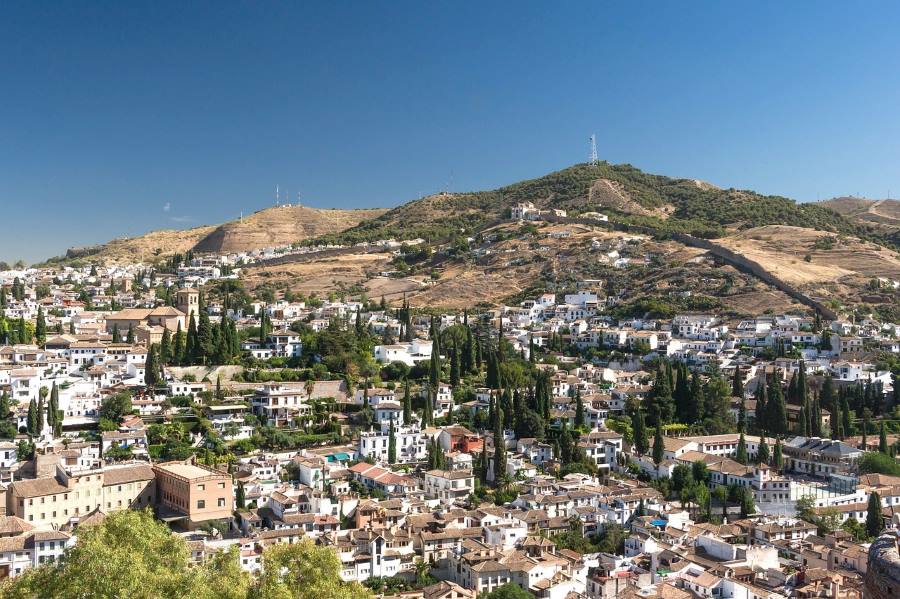
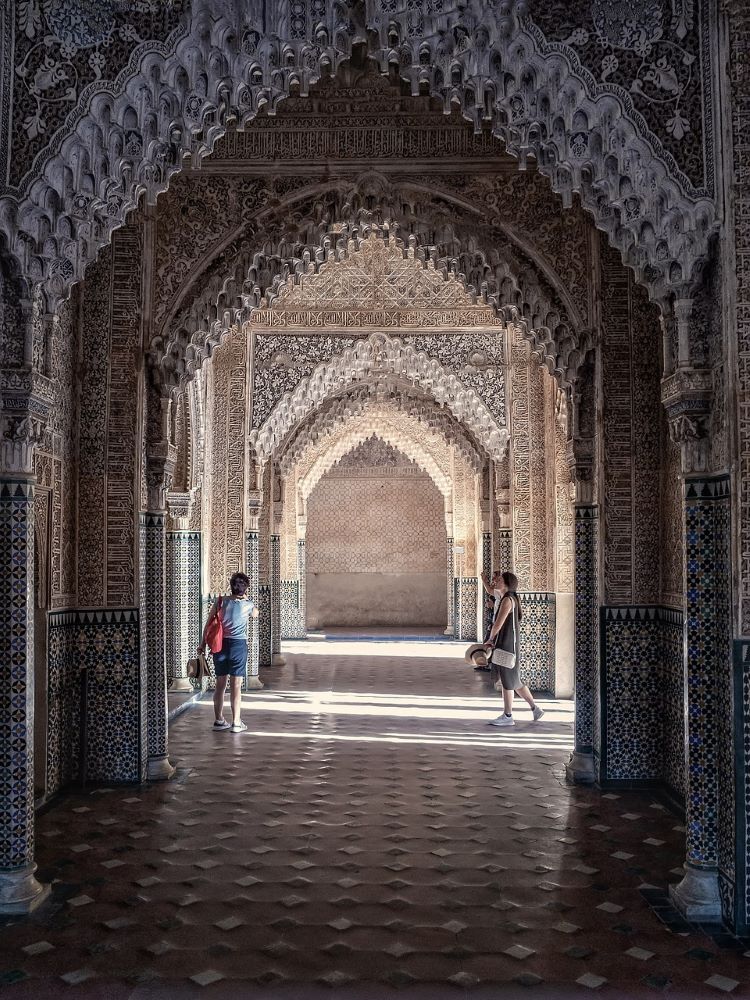
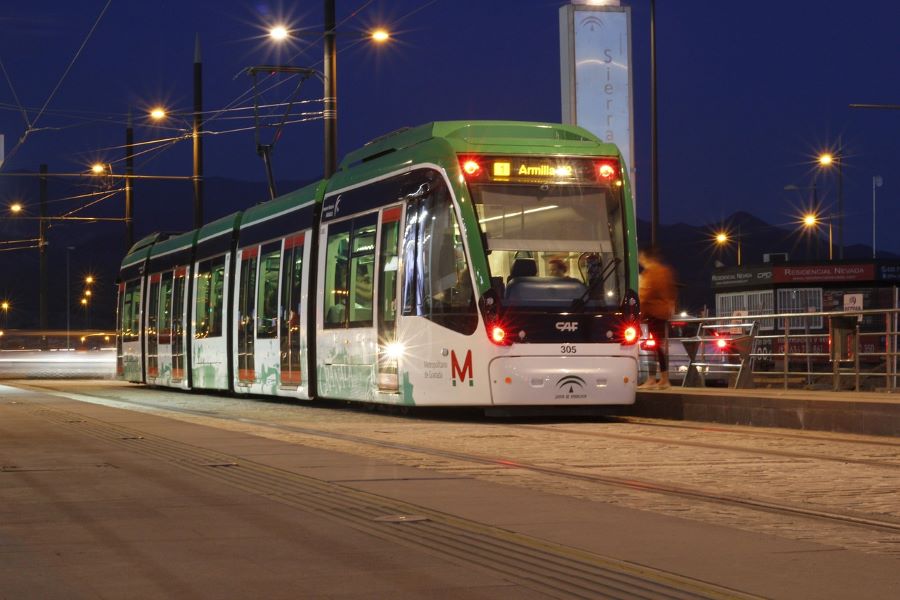
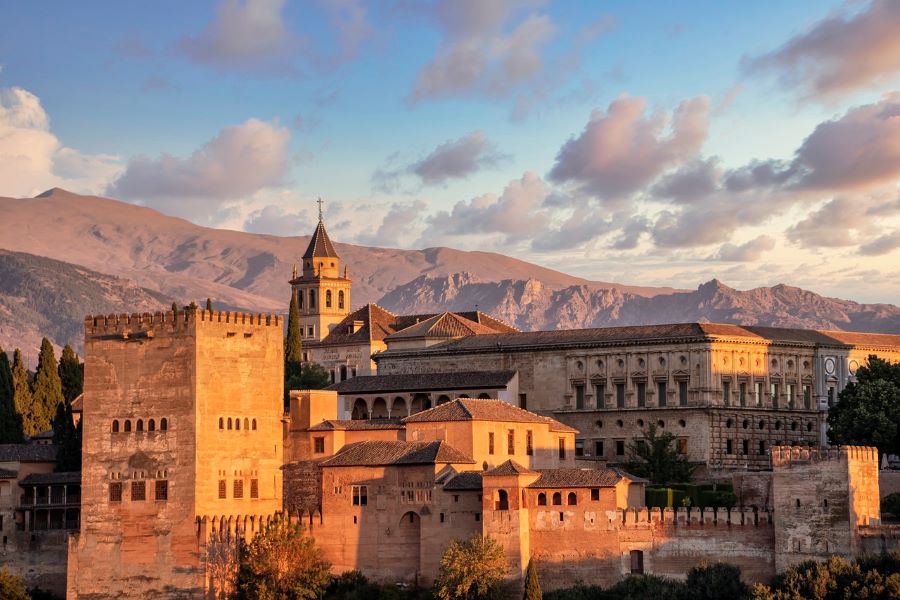
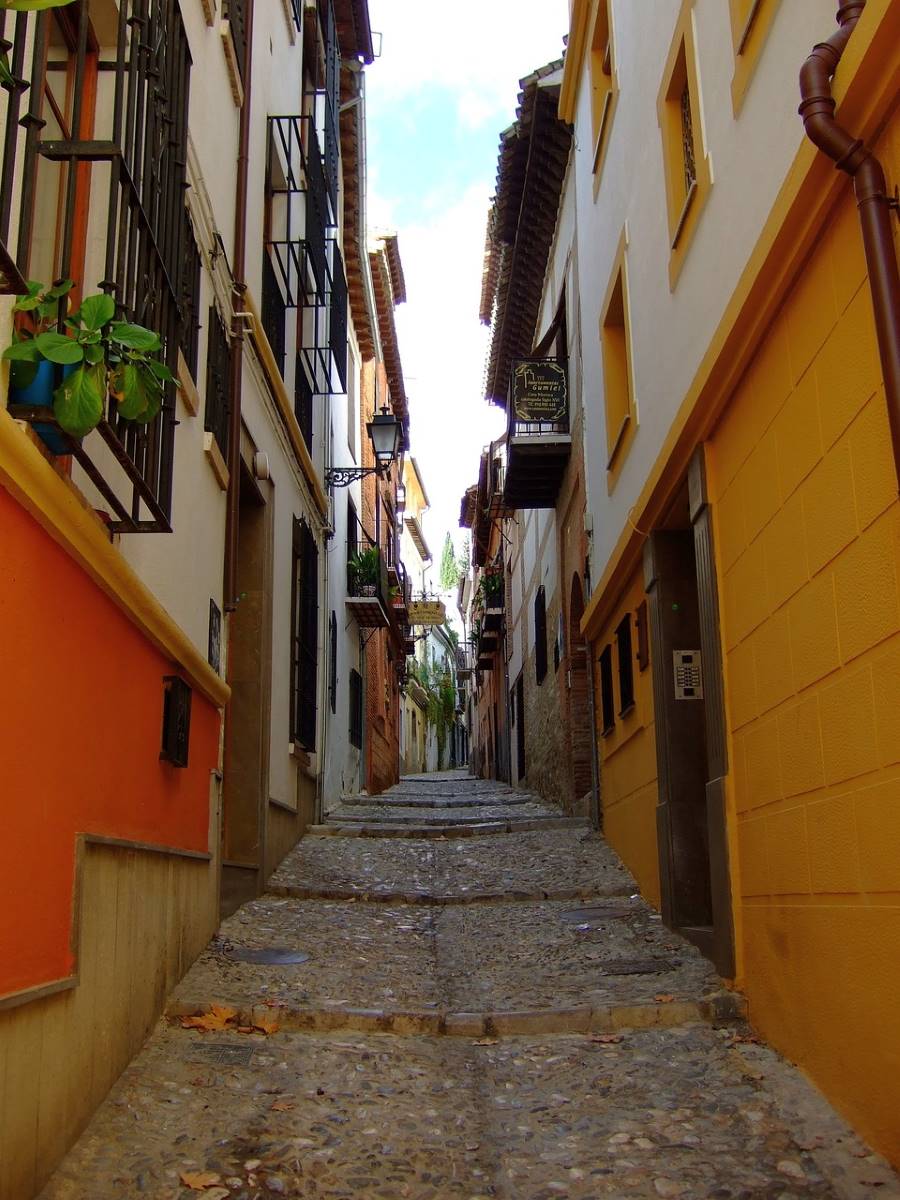
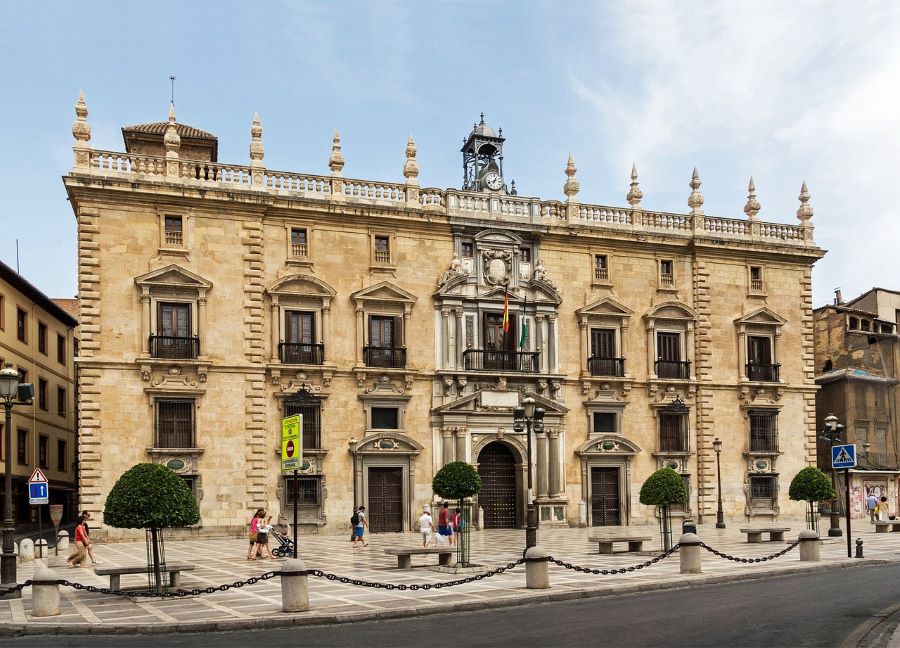
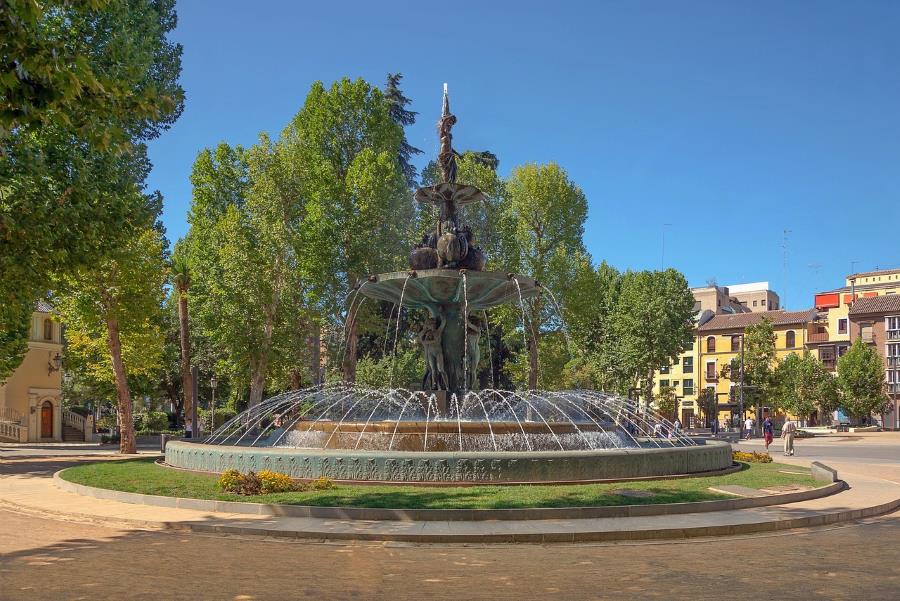
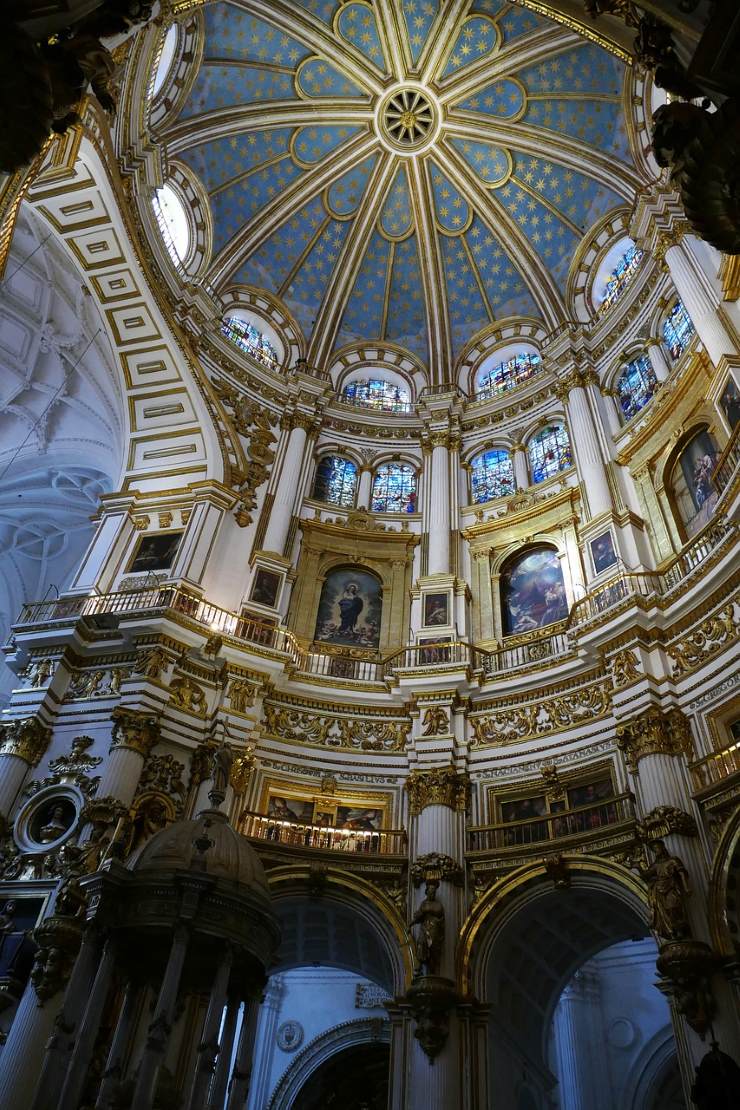
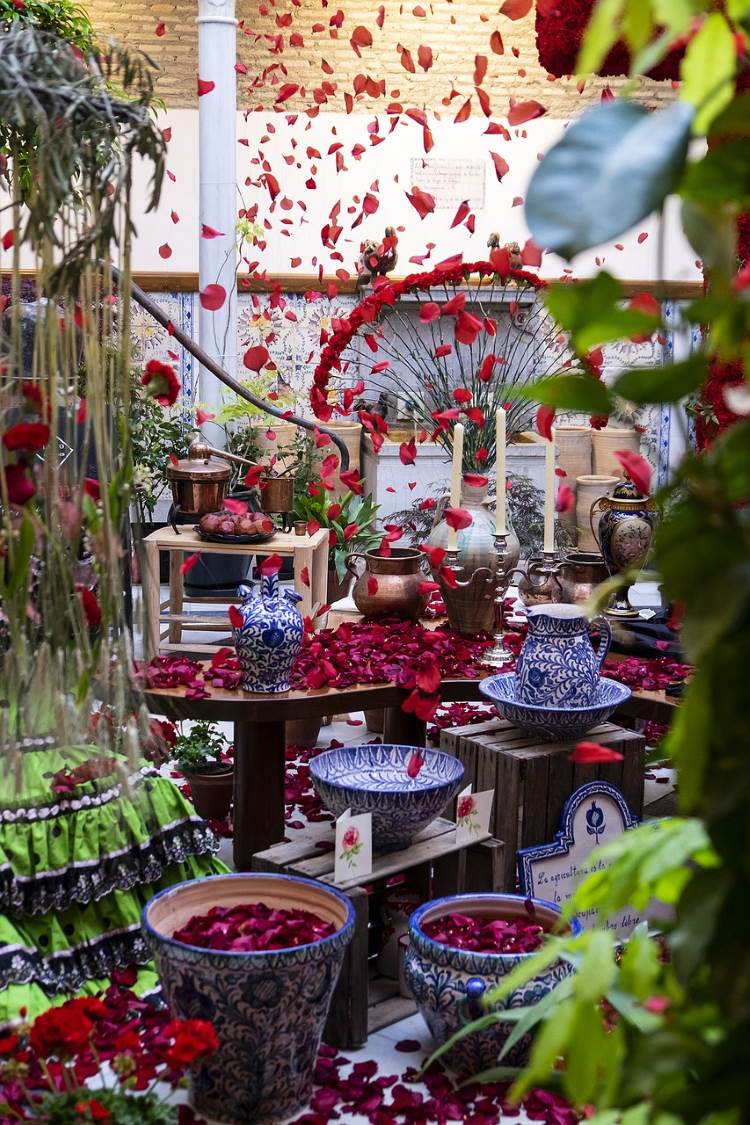
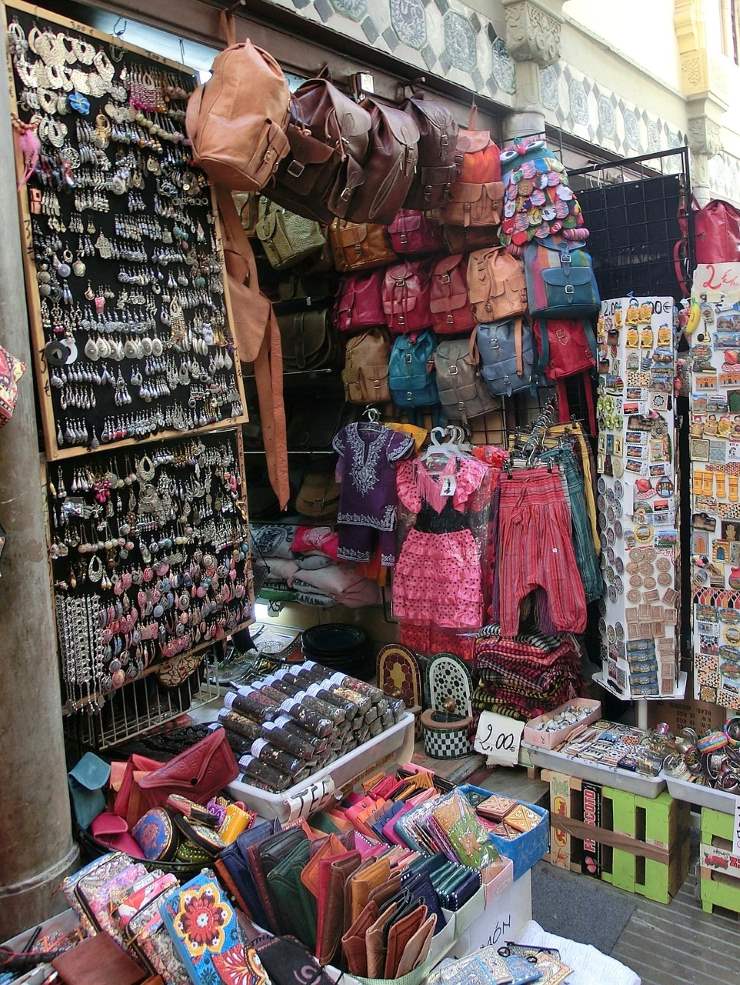
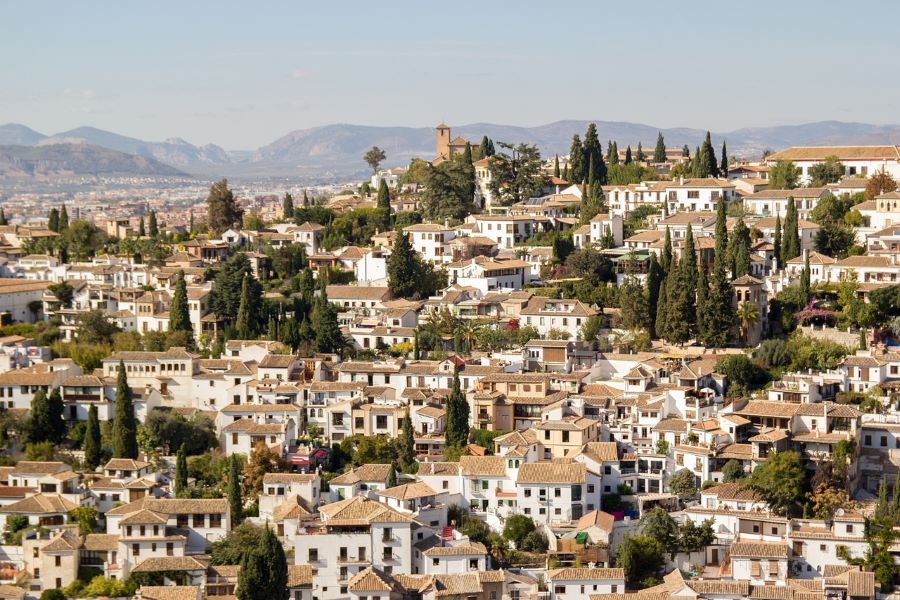
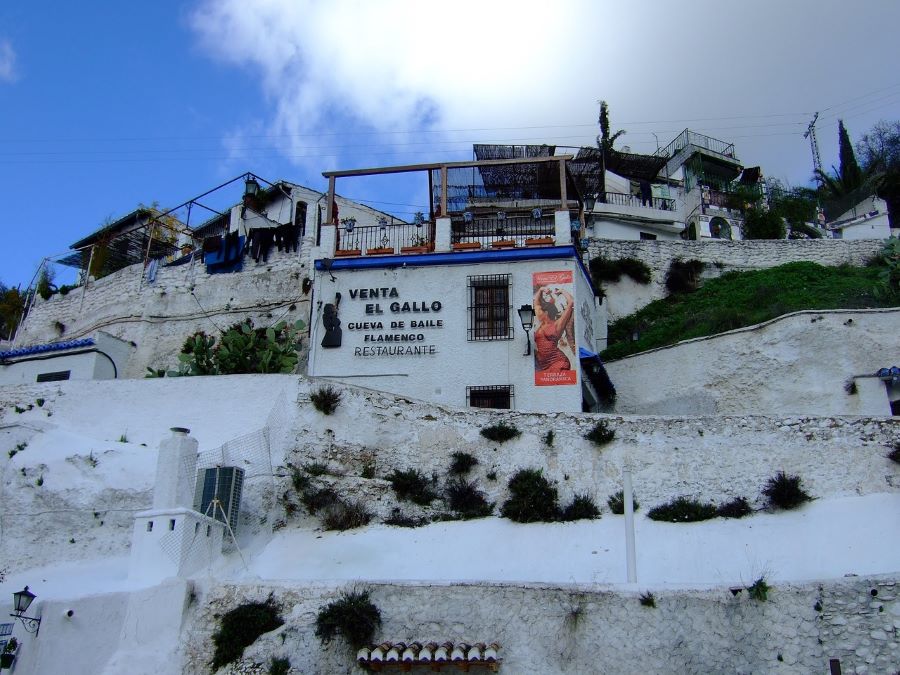
I have only been to northern Spain, so I would love to explore this area. I love that it is a blend of so many cultures and would love to see Zambra in a cave!
We spent 1 day in Granada, too. I wonder why you saw more…like Albaicin and the Toyal Palace??? It must be vecause we came from´Malaga and gad to return there after@